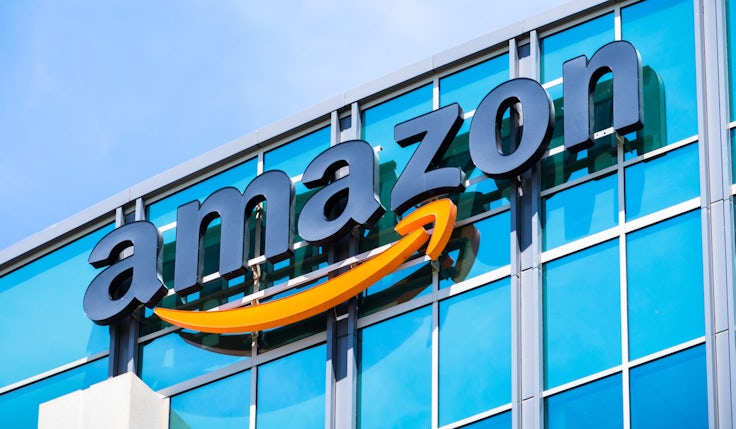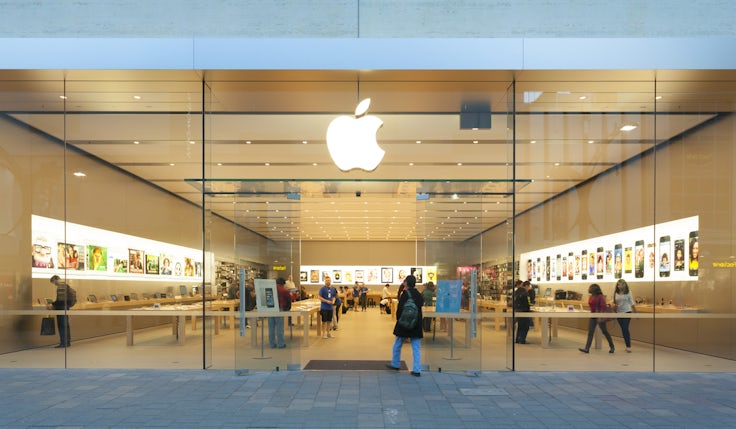Will retail media bridge the gap between performance and brand marketing?
At the IPA’s EffWorks Global 2023 event, panelists raised hopes about the efficacy of retail media – if marketers can determine whose responsibility it is.

Retail media has been a bright light for brands among the miasma of the past few years, in which tightened household budgets have affected the advertising activity of brands. Driven by heavy investment in tech and complementary channels from the retail media giants like Amazon, it is projected to comprise a larger part of marketers’ budgets in years to come.
GroupM, for example, expects advertising revenue from retail media channels to reach $125.7 billion this year, Critically, it also expects that revenue from those channels surpass television revenue in 2028 – at which point it will represent 15.4% of total ad revenue.
But, as a panel at the IPA’s EffWorks Global 2023 noted this week, that increase in the relative spend on retail media having a major impact on how brands are having to set themselves up internally to deal with that change, both in terms of team structures and financial planning.
Speaking at EffWorks, Unilever’s strategy director Pawan-Kumar Marella pointed out that for brands seeking to take advantage of the retail media market, increased choice of retail media opportunities has provided a new set of challenges: “As an advertiser what I see from from the industry – the big challenge – is you have a lot of finite budgets, but you have infinite opportunities. One of the big takeouts for us building on this side of the business is ‘how do you actually model your budgets? How do you figure out where to spend, [and] how much?’
The panel, which also included Nilam Atodaria, group product director at social commerce specialists The Goat Agency and David Tiltman, CVP of content at analysts WARC, noted that issue is being exacerbated by the fact that retail marketing and social commerce both occupy a relatively new niche within marketing businesses. Citing the traditional siloed approach to brand and performance within marketing teams, they stated that has led in part to confusion about who within marketing teams is taking ownership of spend to be put towards retail media.
How PepsiCo is aligning its marketing teams around retail media
It has, they explained, led to instances of promotions being put into effect from both ecommerce and performance marketing teams at the same time. That leads to wasted budgets.
The panel noted, however, that for brands that use retail media effectively there are huge opportunities. Tiltman cited the Irish brand WaterWipes, which used clever pricing and targeting tactics offered by Amazon to interrupt consumers’ journeys at key moments with recommendations and advertising, and has become a leader in its category as a result. It is, they said, a standout example of how retail marketing can bridge the gap between performance and brand marketing if done well.
The Amazon effect
The EffWorks panel members spelled out that – even without China, which sees huge investment in retail media – the value of the retail media industry sits at roughly £60bn. Crucially, of that £60bn figure, roughly £53bn is accounted for by advertising activity on Amazon’s platforms.
Spotting the early opportunity to rake in some of that revenue, both Boots and Tesco launched new platforms dedicated to retail media in 2021. Since then, both legacy companies including Morrisons and Asda have followed suit, and digital brands including Deliveroo and Uber have both launched their own retail media platforms. Despite their efforts, Amazon’s vast array of first-party propensity data has afforded it a huge lead.
However, even with Amazon’s dominance in that space, the panel also noticed it is having to react to changes in the wider commerce landscape. The Goat Agency’s Atodaria said: “What we’re seeing, especially on Amazon that I find really interesting, is how they’re adding in features which are very social. You have follow buttons now you have posts now, you have live streaming now. And what they’re also trying to do is turn brand pages on Amazon into content hubs.”
‘A solution to a problem that doesn’t exist’: What’s going wrong for Amazon Fresh?
Marella said: “That’s going to be the challenge for advertisers as well. Traditionally it would be Amazon [managed] by the sales team, and then the TV advertising will be done by the marketing team. Now Amazon is a place where you’re building brands and promoting stuff at the same time. So I think how organisations change the internal structures, how do the sales and marketing teams come together? How do you change your leadership structure?”
That exacerbates the internal issues for marketers. One potential solution is to have a dedicated retail media ‘champion’ within the business, sitting at the nexus of all impacted teams. In December last year PepsiCo announced it had created just such a position, in addition to ensuring retail media is considered from the very start of a campaign.
As the retail media giants like Amazon – and its challengers like Channel 4 with its partnership with Nectar 360 – make a push to go full funnel, marketers are having to appraise whether retail media is a threat or an opportunity for their long-term brand building.







